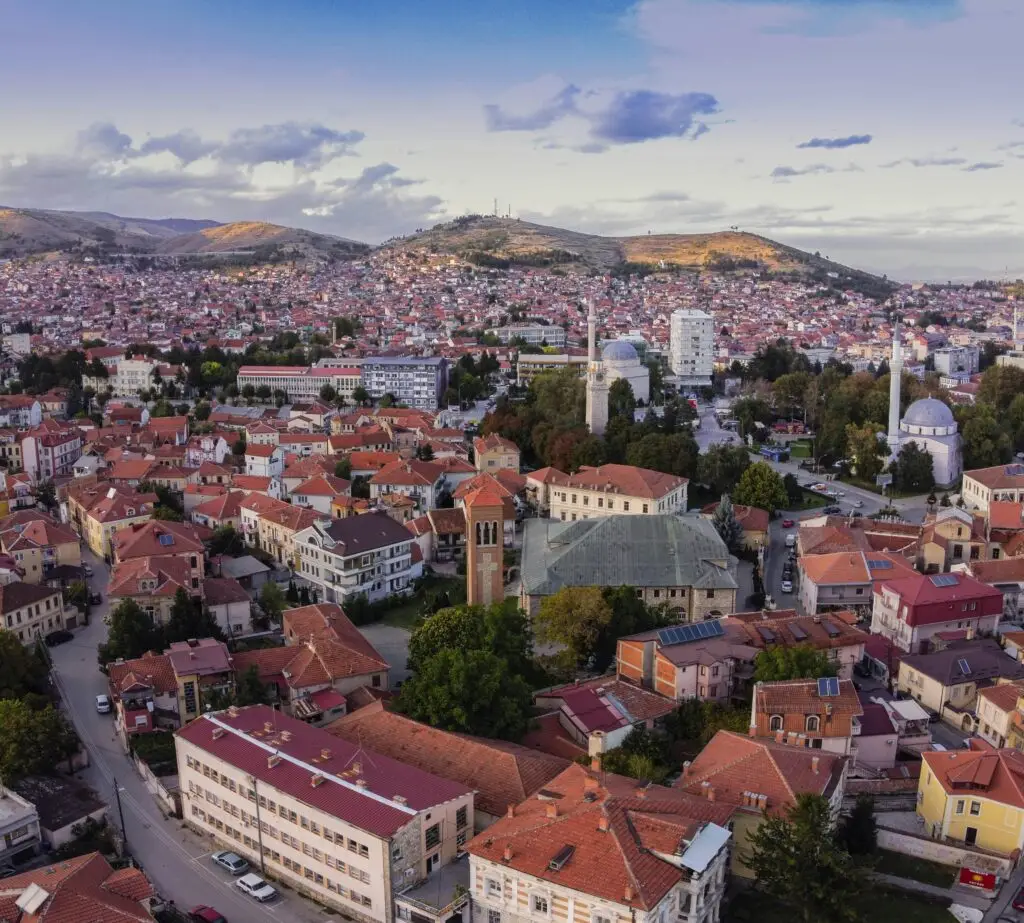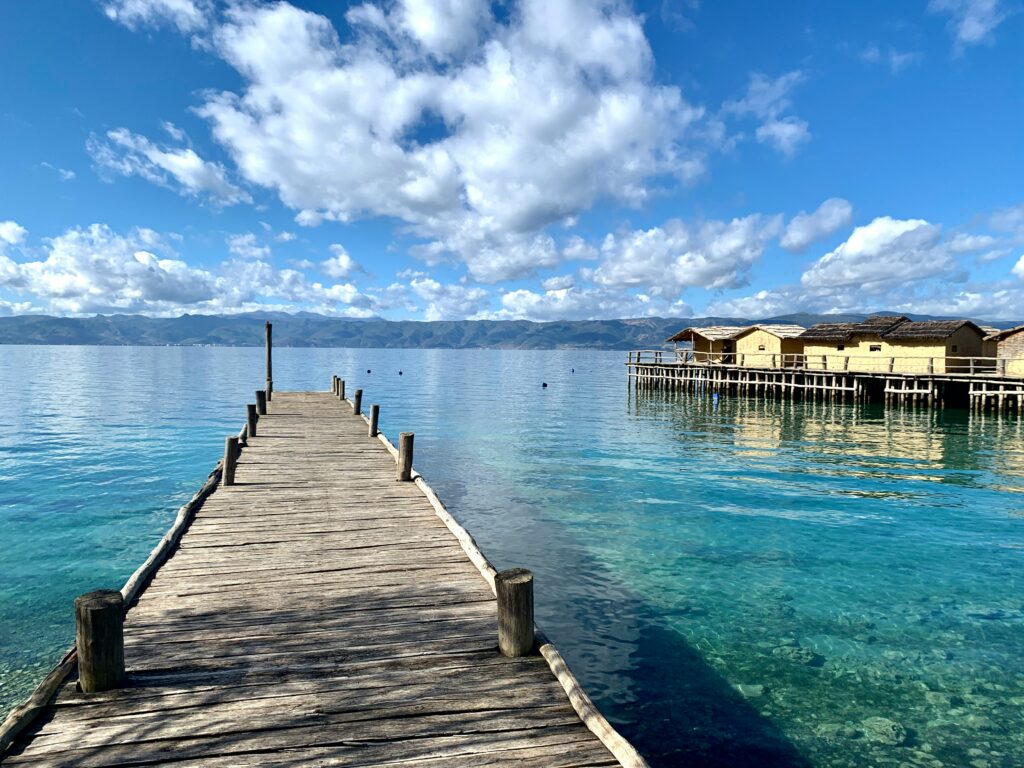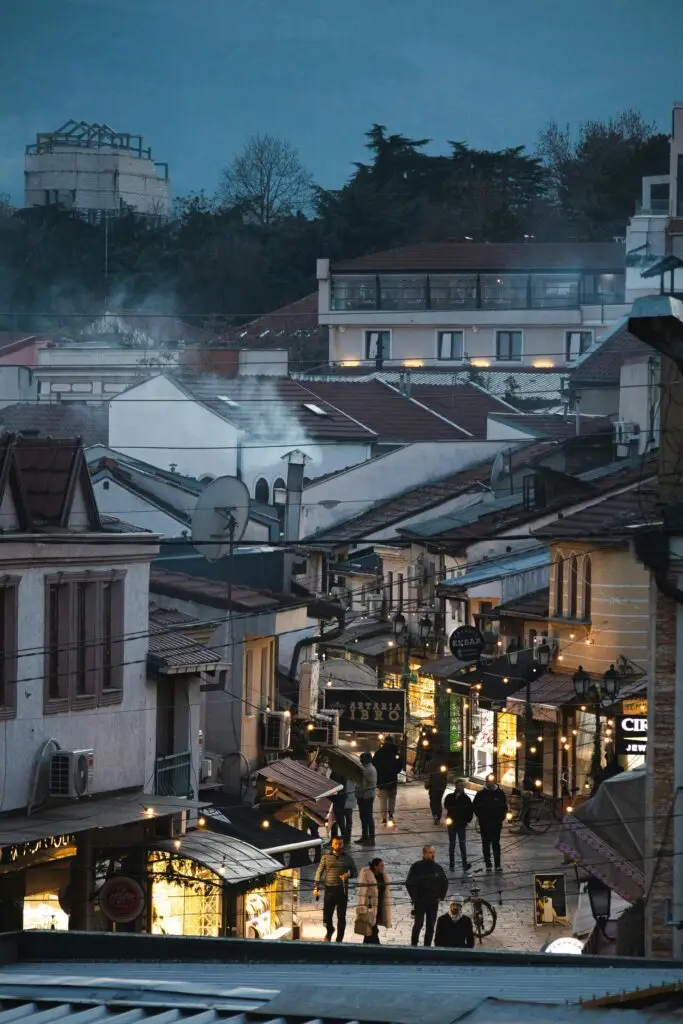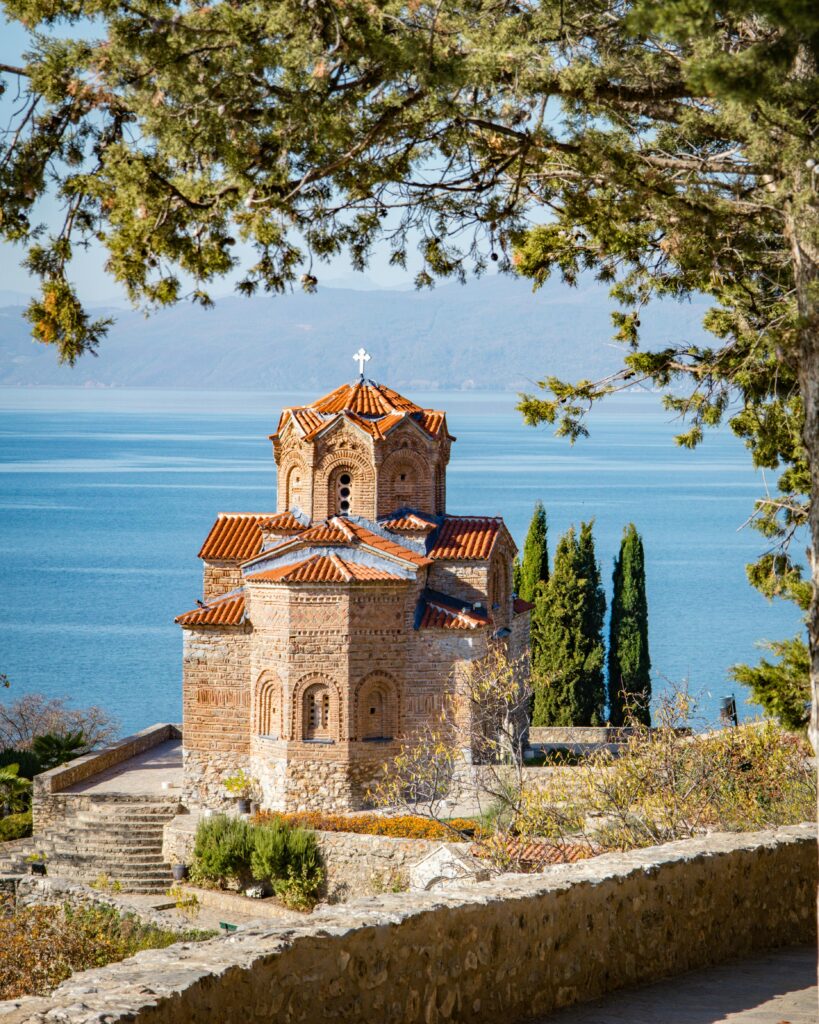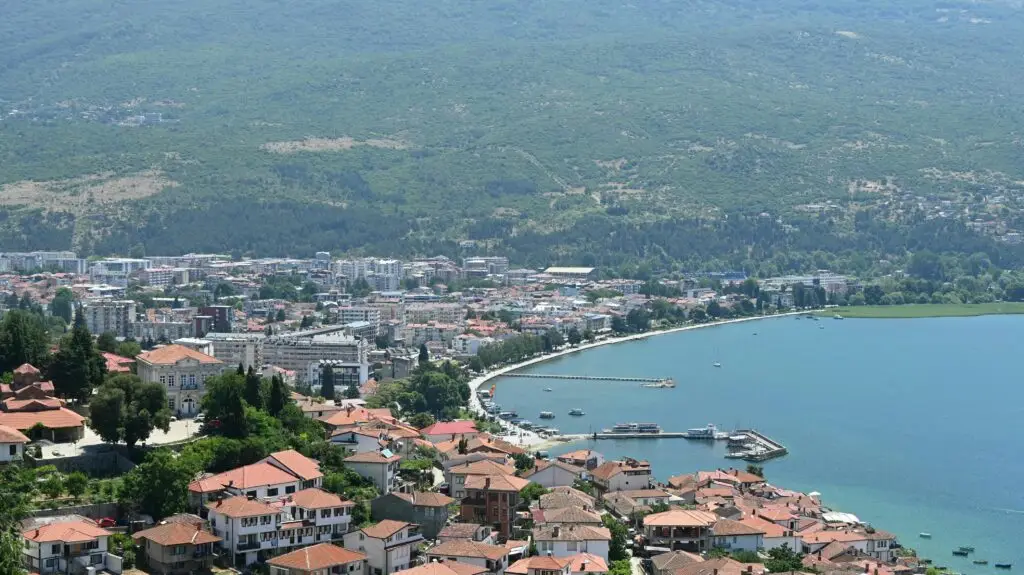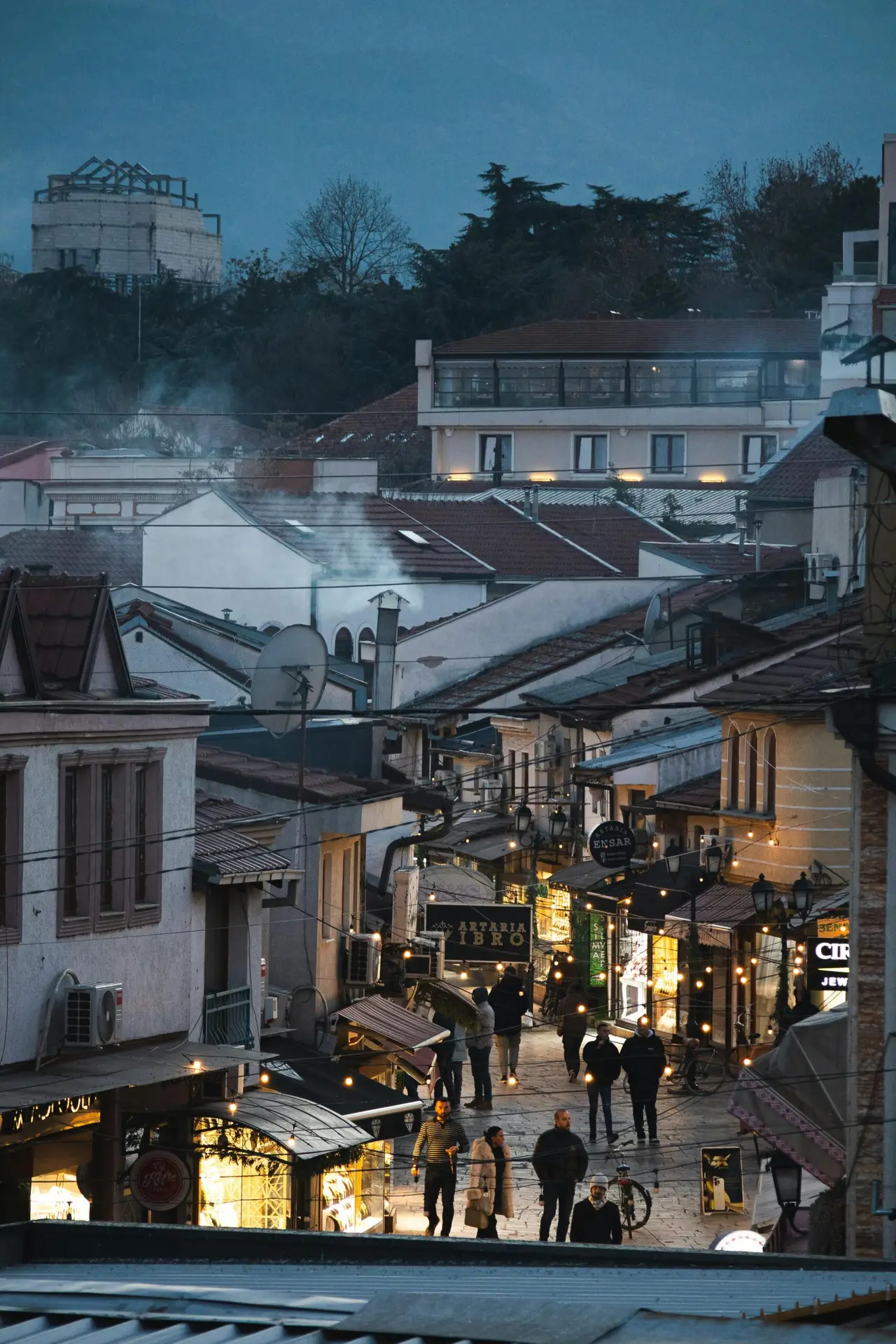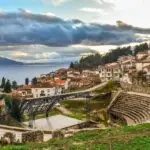Now Reading: 8 Essential Macedonian Dishes Every Visitor Must Try
-
01
8 Essential Macedonian Dishes Every Visitor Must Try
8 Essential Macedonian Dishes Every Visitor Must Try

North Macedonian cuisine blends Balkan, Mediterranean, and Ottoman influences into distinctively flavorful dishes. From hearty bean stews to vibrant red pepper spreads, these eight culinary treasures reveal the country's gastronomic heritage.
Beyond its stunning landscapes and rich history, North Macedonia offers a culinary heritage that deserves exploration. Drawing from Mediterranean, Balkan, and Ottoman influences, Macedonian cuisine features robust flavors, fresh ingredients, and time-honored cooking techniques. Here are eight essential dishes that every visitor should experience to truly understand the country’s gastronomic soul.
1. Tavče Gravče
North Macedonia’s national dish consists of beans slow-baked in an earthenware pot until creamy inside with a slightly crisp top. Typically seasoned with red pepper, onions, and sometimes smoked meat, this hearty dish represents Macedonian cooking at its most authentic. What distinguishes the best tavče gravče is the quality of the beans (traditionally tetovac beans from the Tetovo region) and the slow baking process in a traditional furna (wood-fired oven). For the definitive version, try Restaurant Destan in Skopje, where the same family has been perfecting this dish since 1913.
2. Ajvar
This vibrant red pepper spread has become North Macedonia’s most famous culinary export. Made from roasted red peppers that are meticulously peeled, ground, and then slow-cooked with oil, ajvar captures the essence of late summer when families traditionally gather to prepare large batches for winter. The finest versions achieve a perfect balance of smokiness, sweetness, and subtle garlic notes. While homemade ajvar is always superior, excellent versions can be found at the Old Bazaar in Skopje or at Restaurant Antiko in Ohrid, where it’s served with freshly baked bread and local white cheese.
3. Pastrmajlija
Often described as “Macedonian pizza,” this oval-shaped bread topped with chunks of seasoned meat (traditionally lamb or pork) represents one of the country’s most distinctive dishes. The bread’s slightly chewy texture contrasts perfectly with the tender, flavorful meat, while a traditional topping of dried peppers adds color and spice. Regional variations exist throughout North Macedonia, with the version from Štip considered by many to be the original and best. Visit Restaurant Cyril and Methodius in Štip to try their award-winning version, complete with an egg cracked over the top just before serving.
4. Selsko Meso
This rustic “village meat” dish showcases North Macedonia’s love of slow-cooking and hearty flavors. Tender chunks of pork (sometimes mixed with mushrooms and other vegetables) are slow-cooked in a traditional earthenware pot with red wine, creating a rich, flavorful stew usually served bubbling hot. What makes exceptional selsko meso is the quality of the meat (traditionally from free-range pigs) and the long, slow cooking process that allows flavors to meld perfectly. Restaurant Villa Dihovo near Bitola serves a definitive version using pork from their own farm and wild mushrooms foraged from nearby Pelister National Park.
5. Shopska Salata
While common throughout the Balkans, North Macedonia’s version of this refreshing salad deserves special mention. Combining diced tomatoes, cucumbers, onions, and peppers topped with a snowdrift of grated sirene cheese (similar to feta but milder), shopska salata showcases the exceptional quality of Macedonian produce. The best versions feature heirloom tomato varieties grown in the country’s fertile valleys, particularly around Strumica, known for its exceptional produce. For a perfect shopska, visit Restaurant Makedonska Kuća in Skopje, where they dress it simply with locally-produced extra virgin olive oil and aged wine vinegar.
6. Turli Tava
This colorful vegetable and meat stew represents Macedonian cuisine’s Ottoman heritage. Combining seasonal vegetables (usually eggplant, peppers, okra, and potatoes) with tender meat (traditionally lamb), turli tava is slow-baked in a clay pot until the flavors meld perfectly and develop remarkable depth. Regional variations exist throughout the country, with the addition of different herbs and sometimes rice or cheese. For an exceptional version in an atmospheric setting, visit Restaurant Stara Kuća in Ohrid, where they prepare turli tava in traditional wood-fired ovens according to a family recipe dating back generations.
7. Lakrčnik/Burek
These flaky pastries, made with paper-thin layers of dough filled with various savory ingredients, represent daily life in North Macedonia perhaps more than any other food. Whether filled with spiced minced meat, sirene cheese, leeks, or spinach, these pastries showcase the remarkable dough-stretching skills passed down through generations. What distinguishes superior burek is the perfect balance between crispy outer layers and moist, flavorful filling. For an authentic experience, visit Furna Debar Maalo in Skopje, where bakers still stretch dough by hand in the traditional manner, producing what many locals consider the city’s finest burek.
8. Ohrid Trout
A protected species that can only be legally served from special breeding facilities, the legendary Ohrid trout represents one of North Macedonia’s true gastronomic treasures. This ancient species, found only in Lake Ohrid for millions of years, offers delicate flesh and distinctive flavor unlike any other freshwater fish. Traditionally prepared simply – either grilled with herbs or poached with a light sauce – the finest preparations allow the fish’s unique character to shine. Restaurant Letna Bavča in Ohrid serves an exemplary version, accompanied only by lemon and locally-grown herbs that complement rather than overwhelm the trout’s subtle flavor.
Culinary Tip: Many Macedonian restaurants offer mezetluk – a selection of small dishes similar to meze or tapas – that allows visitors to sample multiple specialties in one meal. This dining style, particularly popular in the evening when accompanied by local wines or rakija, offers an ideal way to explore the country’s diverse flavors.


